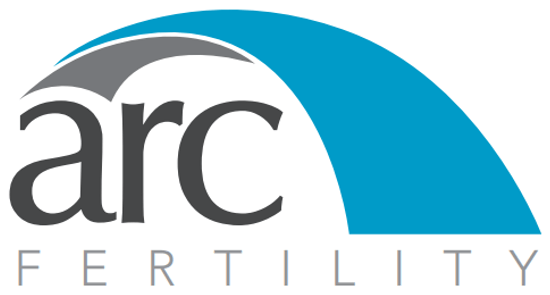One quickly learns that fertility medicine is a field that offers many different treatment options, and each one of them requires choices. Keeping track of these choices, as well as understanding the pros and cons, is crucial, but challenging. When a woman chooses to use in vitro fertilization (IVF), one of the biggest decisions involved is the number of embryos to transfer for potential pregnancy. Both single and multiple embryo transfers come with potential risks and advantages. More embryos are more likely to result in successful implantation, but they are also more likely to result in a multiple pregnancy, which can lead to health complications as well as increased financial burdens.
In 2013, the Society for Assisted Reproductive Technology (SART), issued guidelines for the number of embryos to be transferred based on:
- The patients’ age
- Likelihood to achieve successful implantation
- The development of the embryos (the number of days since the embryo has been fertilized in vitro.)
Here are a few key points:
- The maximum number of embryos that the guidelines recommend is five, though this is only for women 41-42 with less favorable chances of implantation. Younger ages and other factors result in recommendations ranging from one to four cleavage stage (3 day old) embryos. With blastocysts (5 day old embryos) the upper limit to transfer is at least one fewer than the number of day 3 embryos.
- High-order multiple pregnancies (three or more) face much greater health complications for mothers and babies than single or twin pregnancies. Even twin pregnancies carry twice the risk of serious, permanent physical and/or mental disability, or death, for each baby and for the mother.
- The guidelines are not absolute; they specify that doctors need to decide the proper number of embryos for transfer based on individual cases, and after thorough discussion with and informed consent by the patient.
- The recommendations are based on the idea that the goal of Assisted Reproductive Technologies (ART) is a healthy, single pregnancy and baby.
Ultimately, this complex decision needs to be considered with medical professionals you trust, as well as your partner and family. Knowledge, advice, and emotional support are, as always, your best resources.

